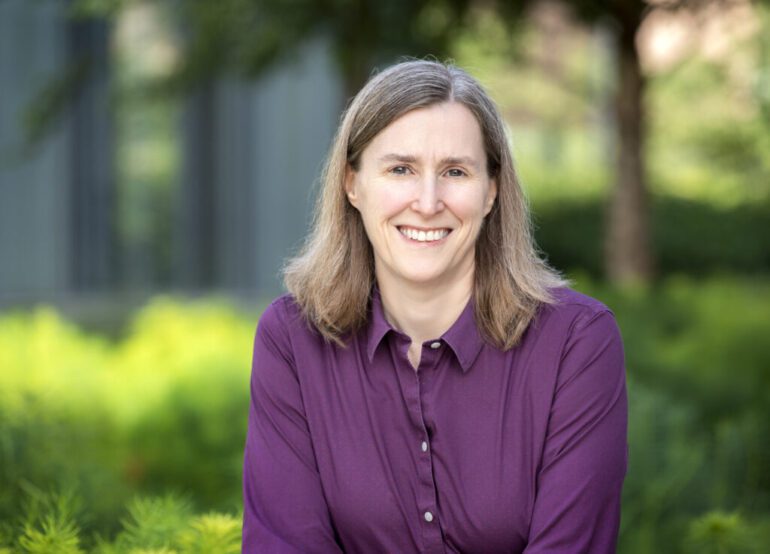TL;DR:
- Professor Katharine Flores of Washington University secures a $475,000 NSF grant for amorphous metal research.
- Amorphous metals, or metallic glasses, offer benefits in manufacturing due to their crystalline structure avoidance.
- Challenges in amorphous metal 3D printing include rapid cooling and potential crystallization.
- A collaborative research team from WashU, Johns Hopkins, and UW-Madison aims to use machine learning for material structure insights.
- Goal: Develop simulation-informed models for precise predictions of amorphous metal strength and toughness during 3D printing.
- Integration of machine learning into production processes could yield tailor-made amorphous metals with superior properties.
Main AI News:
Katharine Flores, the Christopher I. Byrnes Professor at the prestigious McKelvey School of Engineering, situated at Washington University in St. Louis, has secured a substantial four-year grant of $475,000 from the esteemed National Science Foundation (NSF). The purpose of this generous grant is to propel collaborative efforts toward the development of simulation-informed models for the additive manufacturing of amorphous metals. This groundbreaking project forms an integral part of the NSF’s visionary initiative, “Designing Materials to Revolutionize and Engineer our Future” (DMREF).
Amorphous metals, often referred to as metallic glasses, are renowned for their unique ability to solidify without adopting a crystalline structure. This characteristic is particularly advantageous in manufacturing, where the formation of crystals in conventional metals often results in imperfections. However, the rapid cooling required to maintain the amorphous state during additive manufacturing, a cutting-edge 3D-printing technique that builds objects layer by layer, presents formidable challenges. These challenges include variations in material properties and the potential for undesired crystallization.
To surmount these limitations, Professor Flores is assembling a collaborative team of distinguished researchers. This exceptional team includes experts from Washington University (WashU), Johns Hopkins University, and the University of Wisconsin-Madison. Together, they will harness the power of machine learning to extract essential insights into the material structure of amorphous metals. These insights will lay the groundwork for the development of simulation-informed models and cutting-edge tools, enabling precise predictions of how various processing parameters impact the strength and toughness of amorphous metals during 3D printing.
The ultimate goal of Professor Flores and her accomplished collaborators is to fully unleash the vast potential of amorphous metals in additive manufacturing. Their pioneering approach integrates state-of-the-art machine-learning methods into the design and production processes. If their endeavors prove successful, the resultant materials will possess tailor-made mechanical properties, including unparalleled strength and toughness, even when produced on a large scale.
Conclusion:
The application of machine learning to amorphous metal research, as spearheaded by Professor Flores and her esteemed team, has the potential to revolutionize additive manufacturing. This innovation promises to unlock new opportunities and set a high standard for materials engineering in the market, offering tailor-made amorphous metals with superior mechanical properties.

